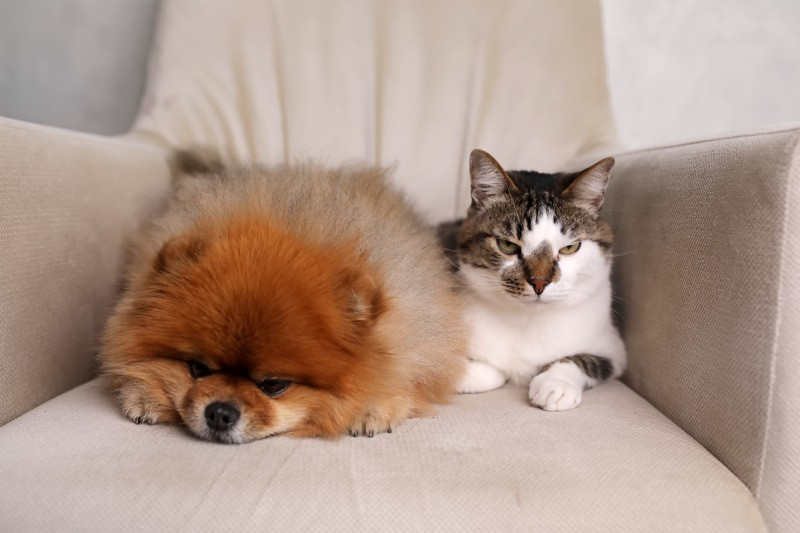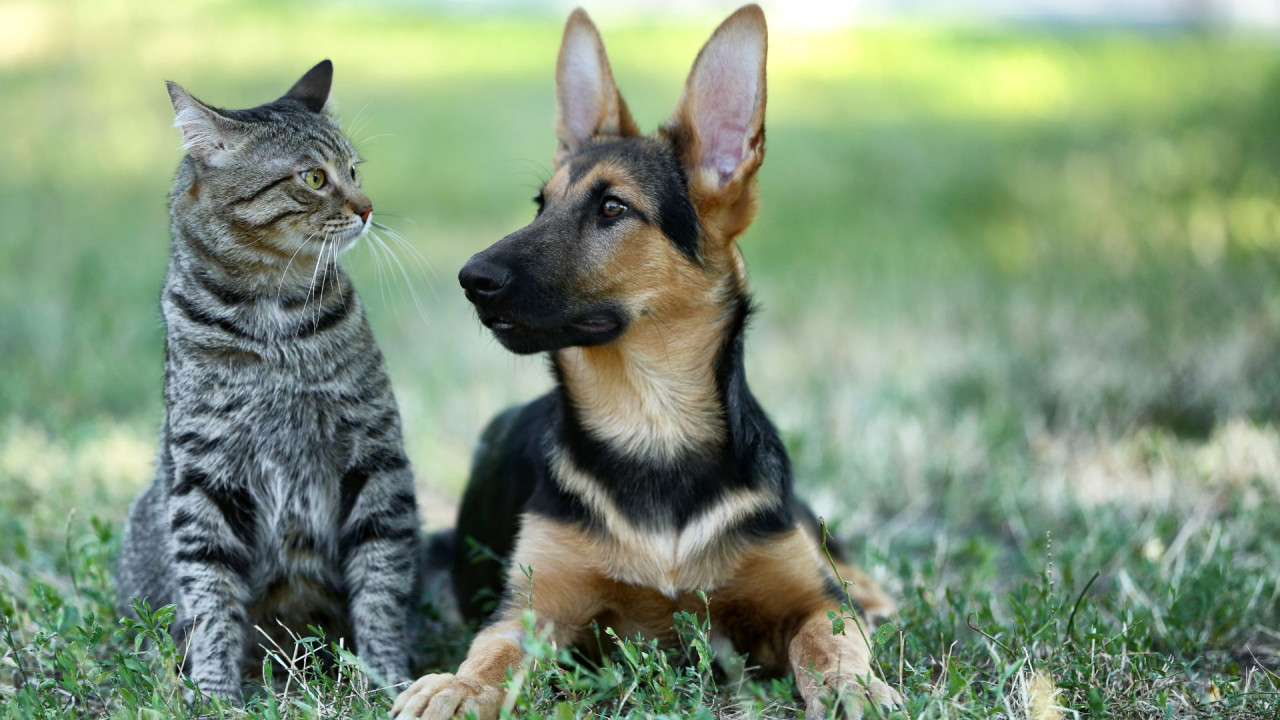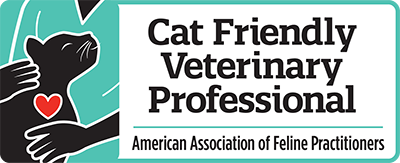
Our furry companions rely heavily on their vision to navigate the world, explore their surroundings, and bond with their loved ones. However, many pet owners might not be aware that their cherished companions can suffer from eye conditions like glaucoma, a sneaky disease that silently threatens vision. Glaucoma occurs when fluid builds up inside the eye, creating excessive pressure that damages the optic nerve. This vital nerve transmits visual information to the brain, and when compromised by glaucoma, it can lead to permanent vision loss if left untreated. While the thought of our pets losing their sight is heartbreaking, the good news is that with early detection and proper treatment, we can help our furry friends maintain healthy vision and a happy, fulfilling life.
Understanding Glaucoma
Glaucoma isn’t a singular disease, but rather an umbrella term for a group of eye conditions that share a common culprit: increased pressure within the eyeball. This pressure buildup happens because of an imbalance between the production and drainage of aqueous humor, a clear fluid that nourishes the eye and helps maintain its shape. Normally, this fluid is produced and then exits the eye through a drainage channel called the iridocorneal angle. However, when this drainage system malfunctions, the fluid accumulates and puts undue stress on the delicate structures inside the eye, particularly the optic nerve. The optic nerve is responsible for transmitting visual information from the eye to the brain, and when damaged by high pressure from glaucoma, its ability to function deteriorates. This damage can manifest in a variety of vision problems, ranging from gradual vision loss to complete blindness if left untreated.
Glaucoma in pets can be categorized into two main types: primary and secondary. Primary glaucoma is an inherited condition, meaning certain breeds like Chow Chows, Cocker Spaniels, and Poodles are predisposed to developing it. In these cases, the drainage angle may be malformed from birth, hindering proper fluid outflow. Secondary glaucoma, on the other hand, arises as a consequence of another underlying eye disease or injury. Conditions like uveitis (inflammation within the eye), tumors, or lens dislocation can all obstruct the drainage channels and lead to secondary glaucoma.
Warning Signs of Glaucoma
Since pets can’t tell us directly if they’re experiencing vision problems, it’s crucial to be observant and recognize the potential signs of glaucoma. Early detection is key to preserving your pet’s vision, so here are some red flags to watch out for:
- Changes in Eye Appearance: Look for any alterations in your pet’s eyes, such as redness of the whites (sclera) or bloodshot appearance. The cornea, the clear front part of the eye, might become cloudy or develop a bluish tinge. In severe cases, the eyeball itself may appear enlarged or bulging due to the pressure buildup.
- Pain and Discomfort: Glaucoma can be a very painful condition for pets. If your furry friend is squinting or pawing at their eye more frequently, it could be a sign of irritation or discomfort caused by the increased pressure. They might also become flinchy or shy away from petting or touching around the head.
- Behavioral Changes: Pets experiencing vision loss due to glaucoma may exhibit behavioral changes as they struggle to navigate their familiar environment. They might become hesitant or seem to bump into objects more often. Lethargy, loss of appetite, or unusual vocalizations can also be indicators of discomfort or disorientation caused by vision problems.
- Sudden Vision Loss: In some cases, glaucoma can progress rapidly, leading to sudden vision loss. If you notice your pet bumping into objects or having difficulty finding their food or water bowl, it’s a cause for immediate concern.
Remember, these signs can also indicate other eye problems. If you observe any of these symptoms, don’t hesitate to schedule an appointment with your veterinarian for a comprehensive eye exam to determine the underlying cause. Early diagnosis and prompt treatment are essential to prevent permanent vision loss and maintain your pet’s quality of life.
Seeking Treatment and Protecting Your Pet’s Vision
The moment you suspect your pet might be suffering from glaucoma, seeking immediate veterinary care is critical. Early diagnosis and intervention are crucial for preventing vision loss and preserving your furry friend’s precious eyesight. During the examination, your veterinarian will perform a thorough eye exam, including measuring intraocular pressure (IOP) to assess the pressure within the eye. They might also use specialized tests like gonioscopy to examine the drainage angle and identify potential blockages.
Once glaucoma is confirmed, the specific treatment plan will depend on the severity of the condition and the underlying cause. Here’s a breakdown of the main treatment options:
- Medications: Eye drops are often the first line of defense in managing glaucoma. These medications work by either decreasing the production of aqueous humor or improving its drainage from the eye. There are different classes of medications available, and your veterinarian will determine the most suitable option for your pet.
- Surgery: In some cases, medication might not be enough to control the pressure effectively. Surgical intervention may be necessary to create a new drainage channel for the aqueous humor to alleviate pressure buildup. This is typically performed by a veterinary ophthalmologist, a specialist trained in eye diseases.
- Laser Therapy: A relatively new approach, laser therapy can be used in certain cases to help improve drainage or reduce aqueous humor production. This minimally invasive procedure involves using a laser to target specific structures within the eye.
While treatment can effectively manage glaucoma and prevent further vision loss, it’s important to remember that there’s currently no cure for this condition. Regular follow-up appointments and continued monitoring by your veterinarian are essential to ensure the treatment plan remains effective and your pet’s vision is protected. The good news is that with proper management and early intervention, many pets with glaucoma can live long and happy lives with minimal vision impairment.
Protecting Your Pet’s Vision: Early Detection is Key
Glaucoma, while a serious condition, can be effectively managed with early detection and proper veterinary care. If you live in Townsend, Middletown, Smyrna, Clayton, Dover, Camden, or the surrounding areas and are concerned about your pet’s eye health, schedule an appointment at Bay Animal Hospital. Our experienced veterinarians are equipped to diagnose and treat glaucoma, as well as a wide range of other pet eye conditions. Visit our website to book an appointment and give your pet the gift of sight!







